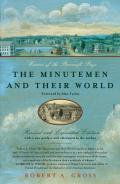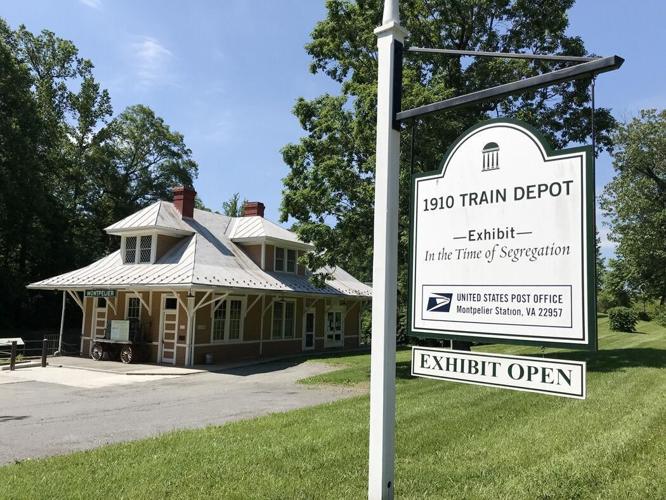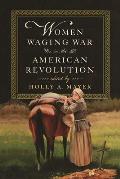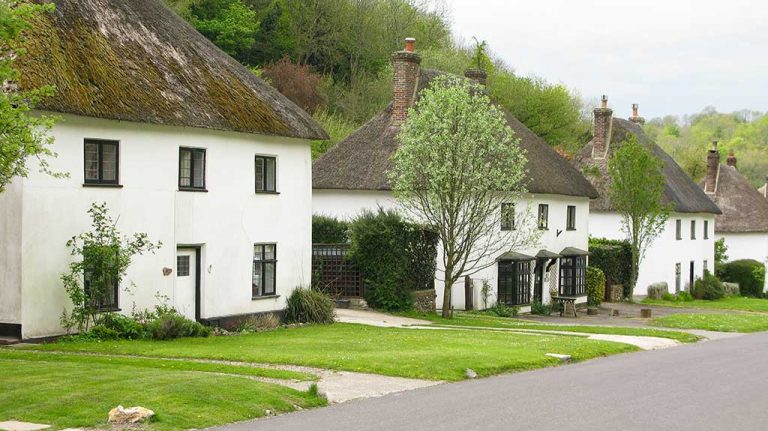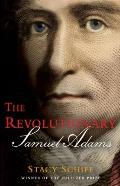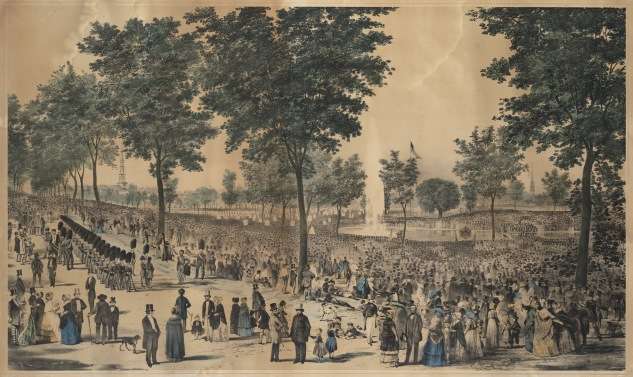The king spoke on behalf of the current government’s leaders, particularly prime minister Lord North and the secretary of state for the colonies, Lord George Germain.
The king strongly agreed with those men, so the remarks also reflected his own ideas about the American War:
My Lords and Gentlemen,In fact, three days before Gen. Sir William Howe had won a solid victory at the Battle of White Plains, part of the Crown’s recovery of New York City and Long Island into the British Empire. But of course that news hadn’t reached London yet.
Nothing could have afforded me so much satisfaction as to have been able to inform you, at the opening of this session, that the troubles, which have so long distracted my colonies in North America, were at an end; and that my unhappy people, recovered from their delusion, had delivered themselves from the oppression of their leaders, and returned to their duty: but so daring and desperate is the spirit of those leaders, whose object has always been dominion and power, that they have now openly renounced all allegiance to the crown, and all political connection with this country; they have rejected, with circumstances of indignity and insult, the means of conciliation held out to them under the authority of our commission; and have presumed to set up their rebellious confederacies for independent states.
If their treason be suffered to take root, much mischief must grow from it, to the safety of my loyal colonies, to the commerce of my kingdoms, and indeed to the present system of all Europe. One great advantage, however, will be derived from the object of the rebels being openly avowed, and clearly understood; we shall have unanimity at home, founded in the general conviction of the justice and necessity of our measures.
I am happy to inform you, that, by the blessing of Divine Providence on the good conduct and valour of my officers and forces by sea and land, and on the zeal and bravery of the auxiliary troops in my service, Canada is recovered; and although, from unavoidable delays, the operations at New York could not begin before the month of August, the success in that province has been so important as to give the strongest hopes of the most decisive good consequences: but, notwithstanding this fair prospect, we must, at all events, prepare for another campaign.
After directing a request to continue funding the war through taxes to the Commons, as the British constitution required, the king concluded:
In this arduous contest I can have no other object but to promote the true interest of all my subjects. No people ever enjoyed more happiness, or lived under a milder government, than those now revolted provinces: the improvements in every art, of which they boast, declare it; their numbers, their wealth, their strength by sea and land, which they think sufficient to enable them to make head against the whole power of the mother-country, are irrefragable proofs of it. My desire is to restore to them the blessings of law and liberty, equally enjoyed by every British subject, which they have fatally and desperately exchanged for all the calamities of war, and the arbitrary tyranny of their chiefs.Not everyone in the chamber agreed with that perspective.
TOMORROW: The Rockinghamites strike back.







